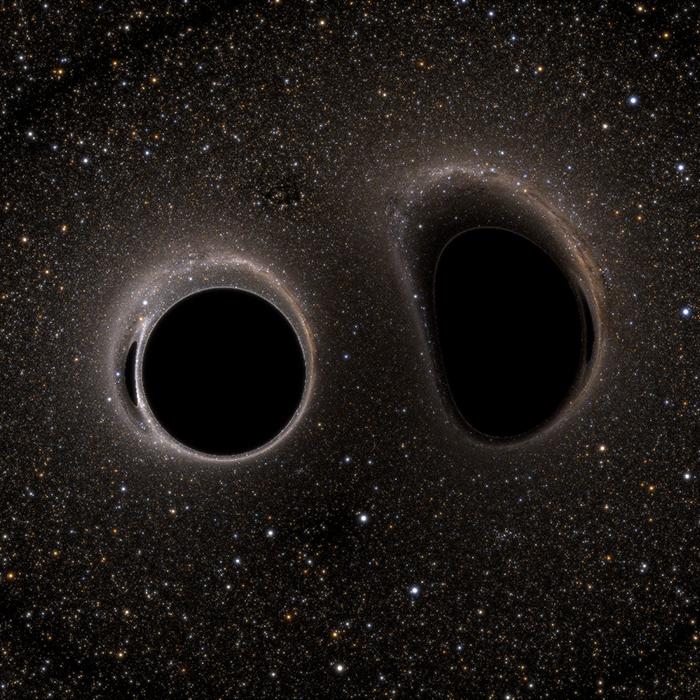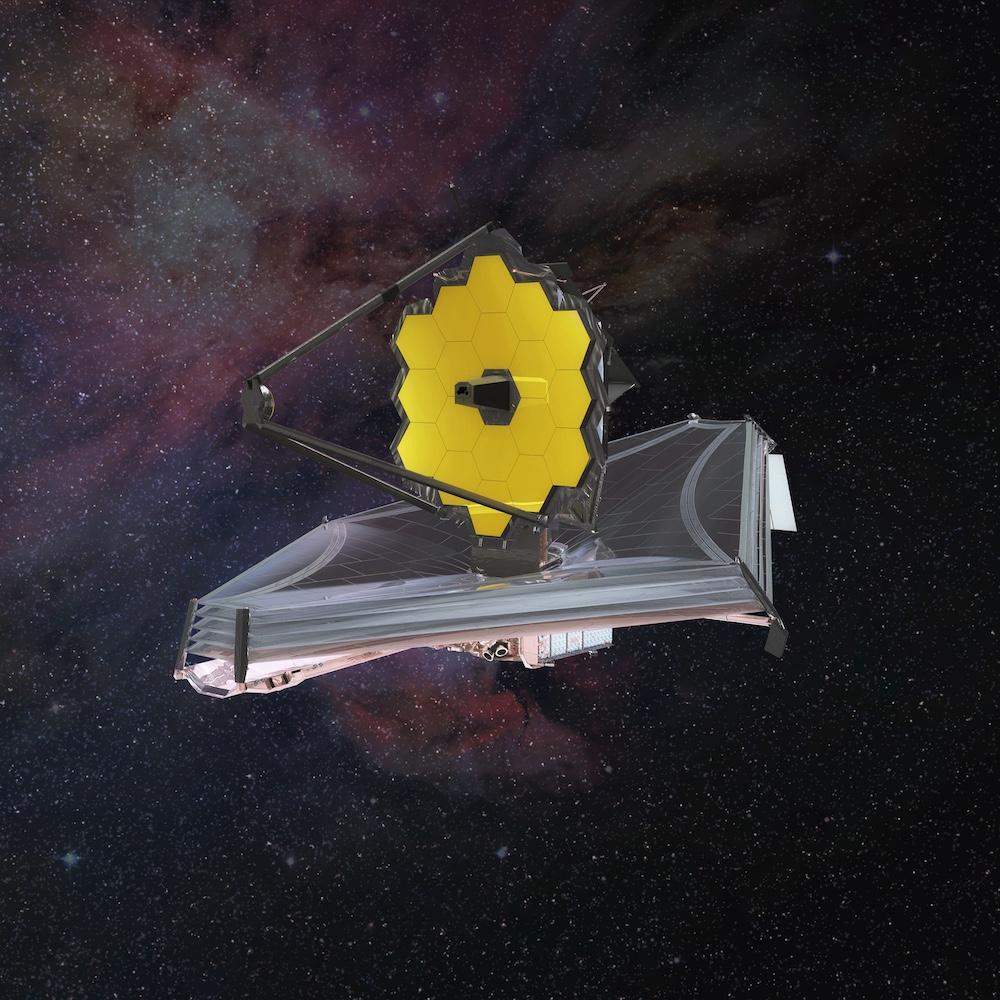Reported in Universe Today, "Rogue Planets, or free-floating planetary-mass objects (FFPMOs), are planet-sized objects that either formed in interstellar space or were part of a planetary system before gravitational perturbations kicked them out. Since they were first observed in 2000, astronomers have detected hundreds of candidates that are untethered to any particular star and float through the interstellar medium (ISM) of our galaxy. In fact, some scientists estimate that there could be as many as 2 trillion rogue planets (or more!) wandering through the Milky Way alone.
In recent news, a team of astronomers working with the James Webb Space Telescope (JWST) announced the discovery of six rogue planet candidates in an unlikely spot. The planets, which include the lightest rogue planet ever identified (with a debris disk around it), were spotted during Webb‘s deepest survey of the young nebula NGC 1333, a star-forming cluster about a thousand light-years away in the Perseus constellation. These planets could teach astronomers a great deal about the formation process of stars and planets.
The team was led by Adam Langeveld, an Assistant Research Scientist in the Department of Physics and Astronomy at Johns Hopkins University (JHU) and Visiting Scholar in Cornell's Department of Astronomy. He was joined by colleagues from the Carl Sagan Institute, the Instituto de Astrofísica e Ciências do Espaço, the Trottier Institute for Research on Exoplanets, the Mont Mégantic Observatory, the Herzberg Astronomy and Astrophysics Research Centre, the University of Texas at Austin, the University of Victoria, the Scottish Universities Physics Alliance (SUPA) at the University of St Andrews. The paper detailing the survey’s findings has been accepted for publication in The Astronomical Journal."
Read the full Universe Today article.





